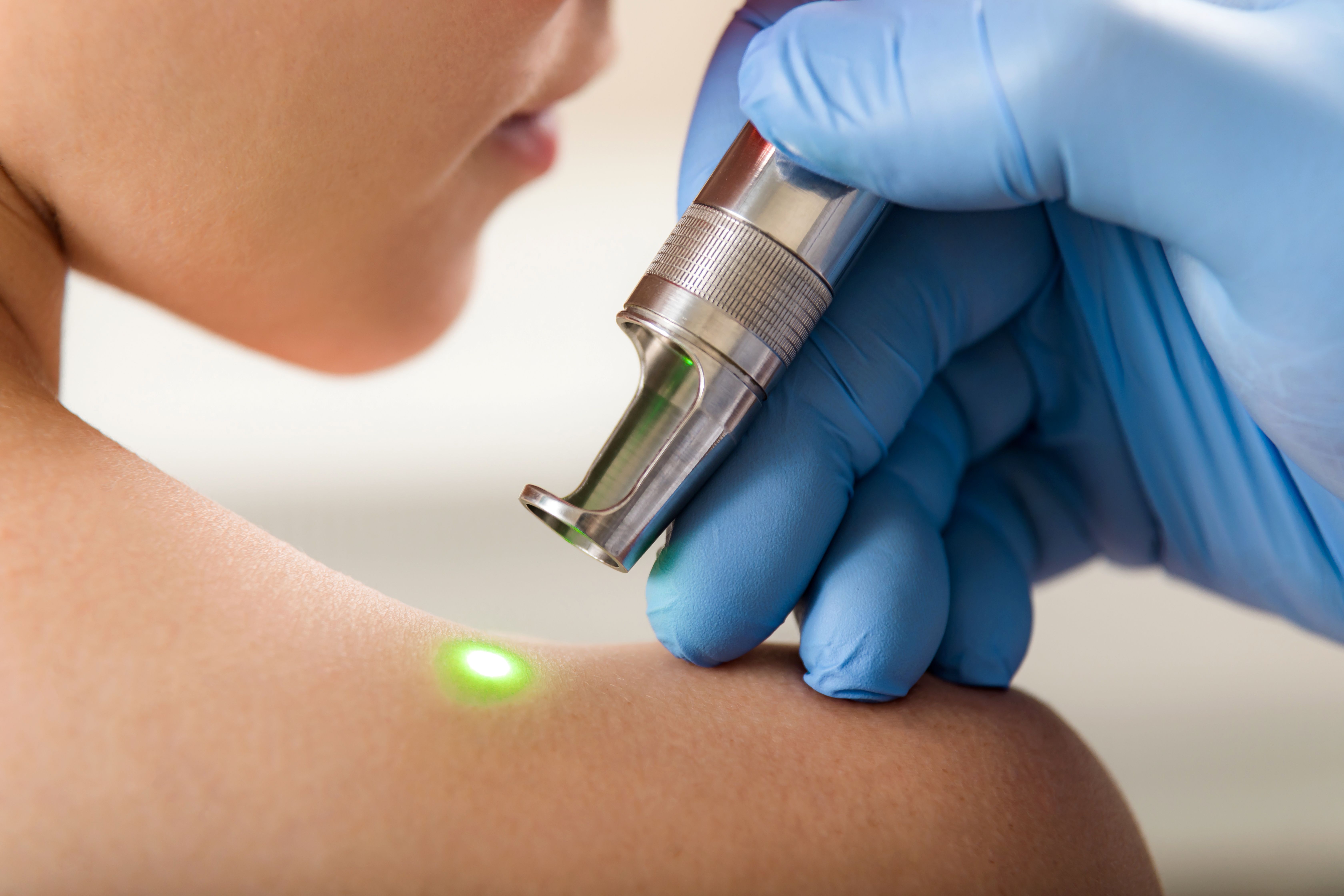- Acne
- Actinic Keratosis
- Aesthetics
- Alopecia
- Atopic Dermatitis
- Buy-and-Bill
- COVID-19
- Case-Based Roundtable
- Chronic Hand Eczema
- Drug Watch
- Eczema
- General Dermatology
- Hidradenitis Suppurativa
- Melasma
- NP and PA
- Pediatric Dermatology
- Pigmentary Disorders
- Practice Management
- Precision Medicine and Biologics
- Prurigo Nodularis
- Psoriasis
- Psoriatic Arthritis
- Rare Disease
- Rosacea
- Skin Cancer
- Vitiligo
- Wound Care
Article
A new cellulite treatment
Author(s):
Medical aesthetic company Cynosure announces TempSure Firm, a new RF treatment for stubborn cellulite.
Generations of women have dealt with the embarrassment of cellulite, with studies suggesting the number averages 80% to 90%.1 It has only been with the rise of newer technologies that the industry has been given the tools to offer treatment options for this issue, the most recent one of which is TempSure Firm (Cynosure).
TempSure Firm uses three specialized headpieces ranging from 25 mm to 60 mm to gradually deliver thermal energy to the area of concern, which temporarily minimizes the appearance of cellulite with a combination of massage and radiofrequency energy, according to Cynosure. The treatment is non-invasive, has no downtime and takes an average of five minutes per treatment area. Most patients will require five to eight treatments to see results. The company stresses the temporary nature of the results.
Unlike other treatments that could cause pain or discomfort during treatment, Cynosure says that because TempSure Firm’s handpieces deliver heat in a consistent and gradual manner, “Clients report a spa-like, deep warming sensation during their treatment. Most clients say they could fall asleep.”
Heat stimulates collagen denaturation, remodeling and neocollagenesis and triggers lipolysis, resulting in improvement in skin smoothness, according to a study published in the International Journal of Women’s Dermatology(IJWD).1
A Closer Look at Cellulite
Women have a much higher percentage cellulite compared with men because of a different distribution of fat, muscle and connective tissue.
Cellulite is caused by topographic disorders of subcutaneous tissue such as nodules, edema and abnormal fibrosis and is usually found on the buttocks and thighs but can also be found in other areas.2
The most prominent theories as to what causes cellulite include hormone disorders, endothelial dysfunction, along with genetic predisposition, but the reasons why cellulite happens are complex.
Furthermore, according to a recent study published in Advances in Dermatology and Allergology, cellulite may be more than simply an aesthetic concern. Research now suggests that a “correlation exists between the clinical stage of cellulite and a predisposition for systematic diseases.”
“Recent studies of the pathogenesis of cellulite have prompted a search for its underlying causes in blood vessels and the metabolic processes of the subcutaneous tissue under the influence of chronic ischemia,” according to study authors.
Regardless, most people seeking treatment for their cellulite are usually looking for one solution: to get rid of the cellulite itself.
References:
1. Sadick N. Treatment for cellulite. Int J Womens Dermatol. 2019;5(1):68-72.
2. Tokarska K, Tokarski S, Woźniacka A, Sysa-jędrzejowska A, Bogaczewicz J. Cellulite: a cosmetic or systemic issue? Contemporary views on the etiopathogenesis of cellulite. Postepy Dermatol Alergol. 2018;35(5):442-446.
Newsletter
Like what you’re reading? Subscribe to Dermatology Times for weekly updates on therapies, innovations, and real-world practice tips.














